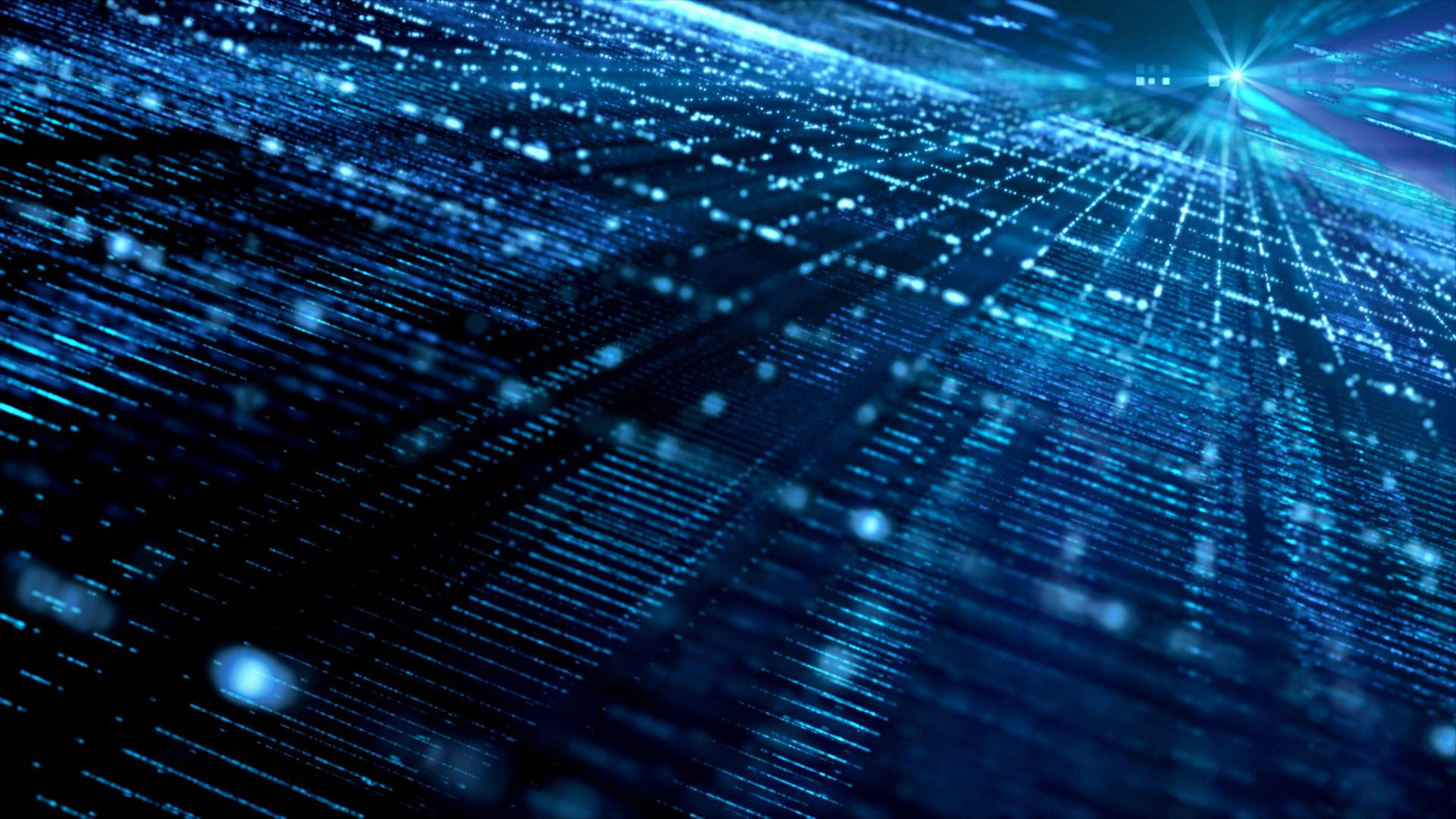
23 Feb Cybersecurity recommendation | 4 | Endpoint access control: You do not want nomad employees to become backdoors
Posted at 15:32h
in Cybersecurity
Endpoint access control: You do not want nomad employees to become backdoors
The problem:
Among your staff, many persons are now nomads; they spend time visiting customers or partners. During the lockdown, many have been homeworking, and it is more than probable that many will stay on homeworking, even on a part-time basis. To work, they recur to their own devices, computers, laptops, tablets, smartphones. In turn, this device can have access to your information system, does that mean it can also allow for uncontrolled peeps?
6 key recommendations you should keep in mind
- Endpoint devices are not protected when they are not located within your protected zone. They should be.
- Their communications should be protected as well, since they can be tampered with.
- And they must be protected against malicious sending, not the least as they could become an agent of compromising the whole information system when linked to it.
- Another step for endpoints in mobility (such as laptops) can be to protect them with a cloud- based EDR solution (Endpoint Detection & Response), so as to detect and neutralize unknown threats and prevent them from being used as backdoors into your information system once they reconnect to the office network (even through a VPN).
- Concerning endpoint data, you should consider setting up centralized and partitioned backups ensuring data restoration to new or existing machines in the event of the cyberattack locking down or deleting files.
- Remote machine monitoring can and should isolate unusual activity. For example, a sudden surge in the number of files could signal ongoing ransomware encryption.
Download and consult our Cybersecurity Guide for more recommendations:


